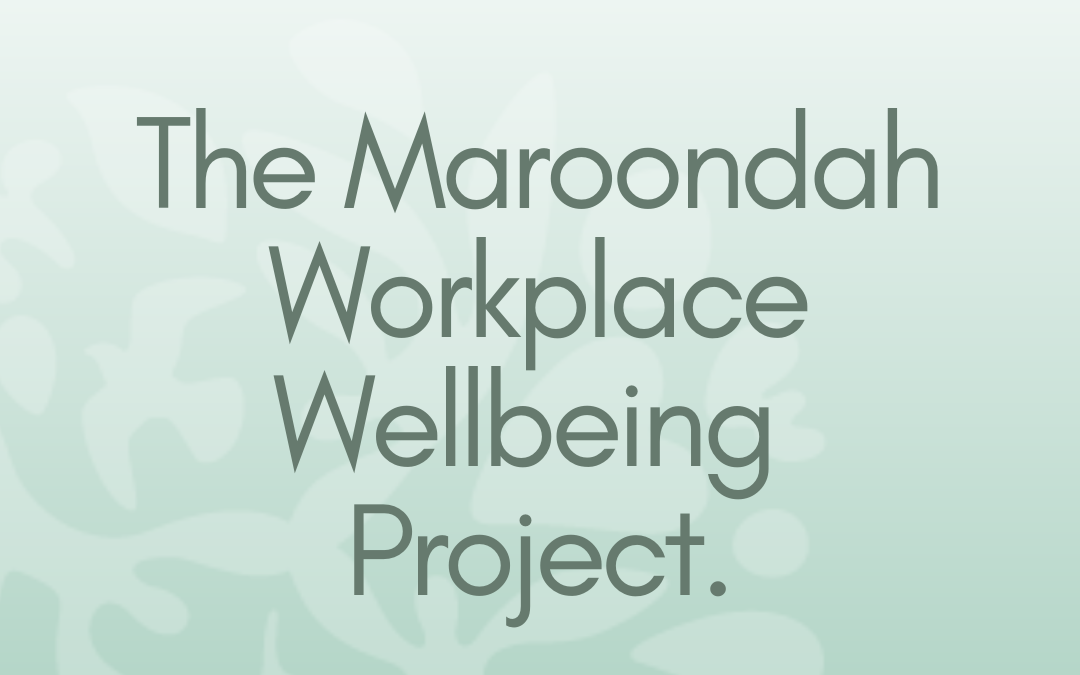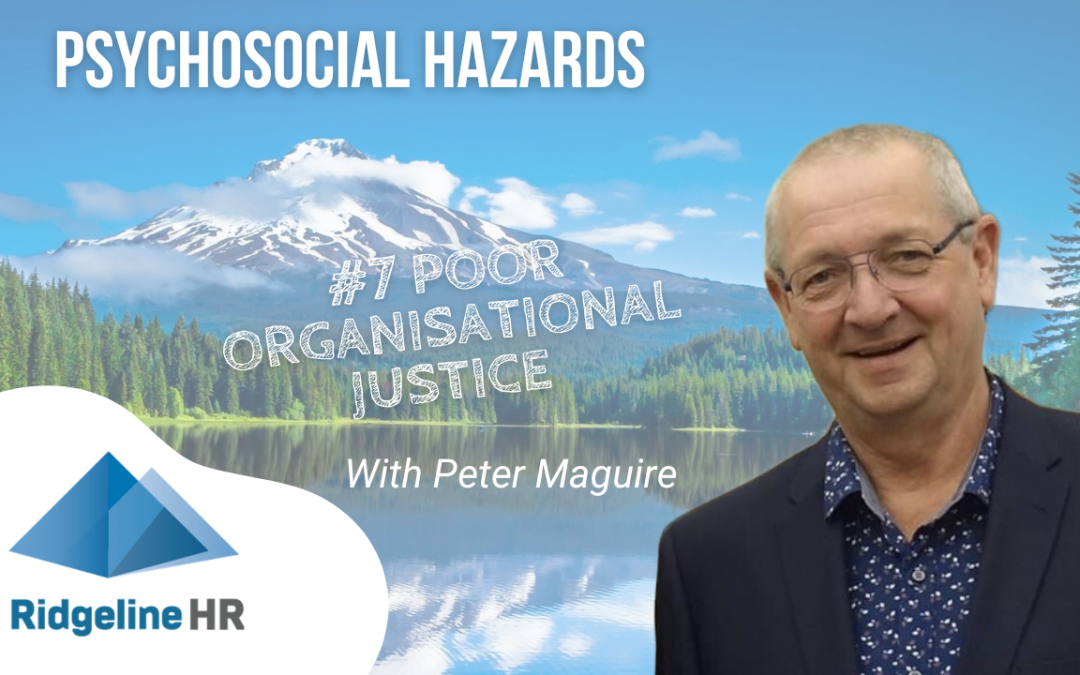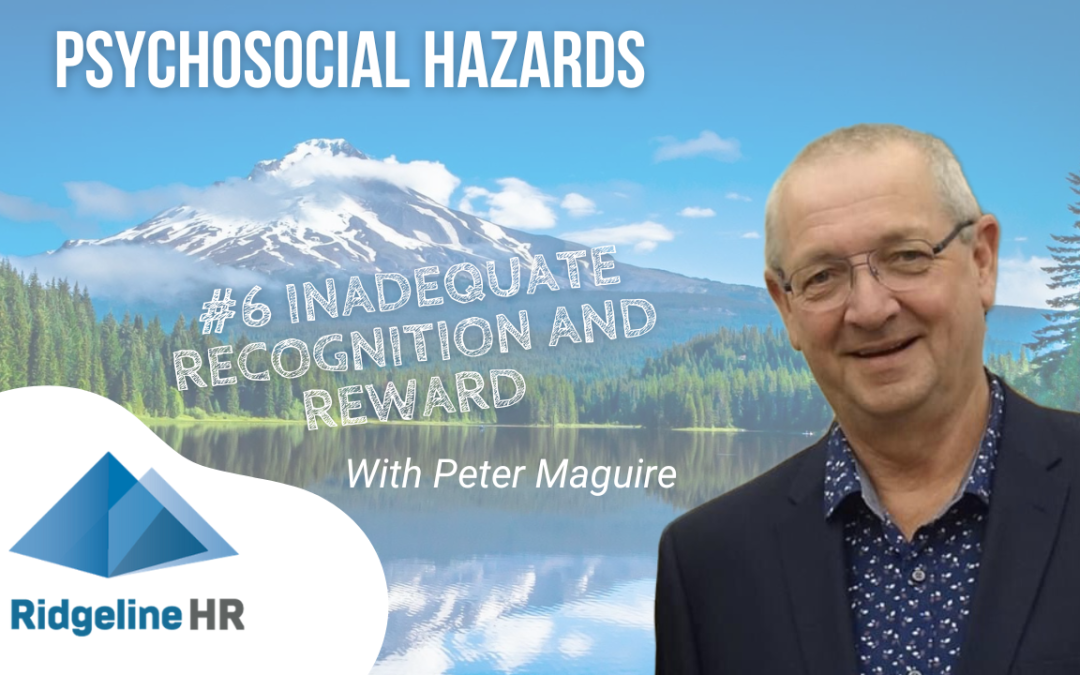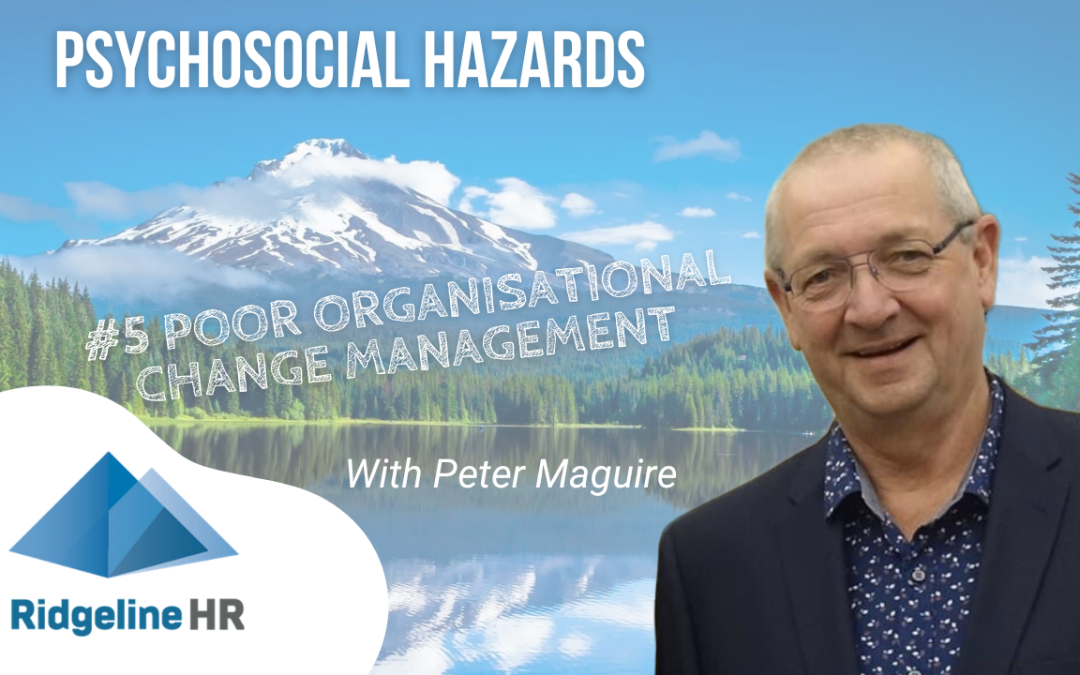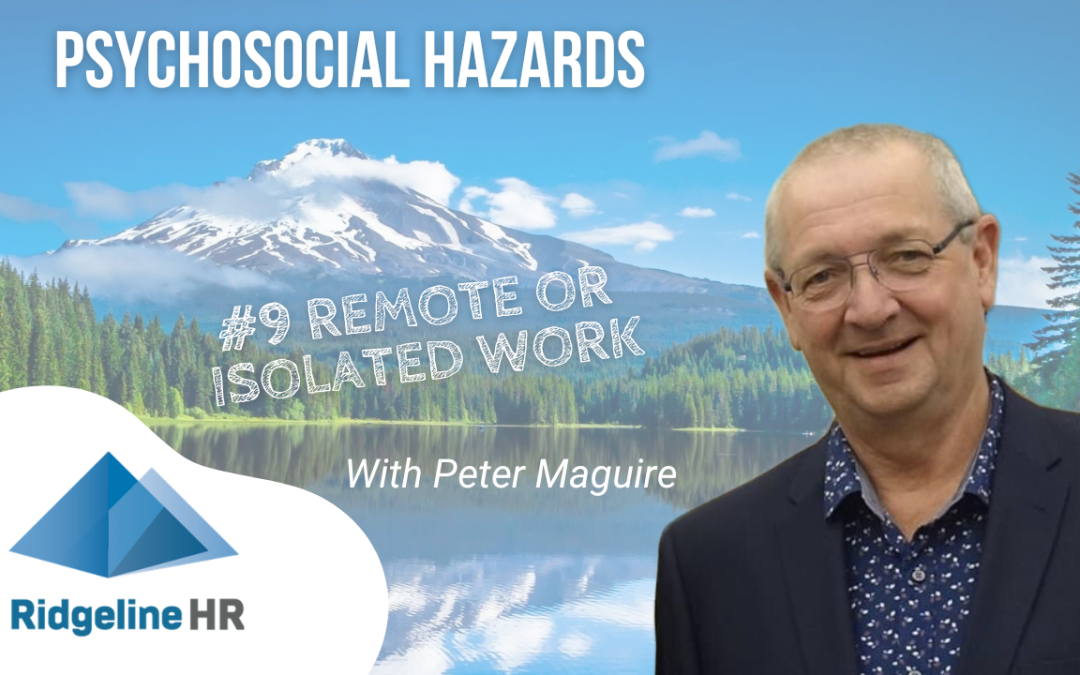
Psychosocial hazard #9 – Remote or isolated work
Latest News & Events
Psychosocial hazard #9 – Remote or isolated work

The ninth psychosocial hazard that is listed in Safe Work Australia’s Model Code of Practice on Managing Psychosocial Hazards at Work is “remote or isolated work”.
Why is remote or isolated work a psychosocial hazard?
This hazard involves:
- Work that is isolated from the assistance of other persons because of the location, time or nature of work.
- Working in environments where there are long travel times, poor access to resources, or communications are limited and difficult.
Some questions that you might ask to assess whether there are any low job control related psychosocial hazards in your workplace include:
- Does the job involve a long commute to the worksite?
- Are there significant delays in being able to enter or exit the worksite (eg prisons, tower cranes, confined spaces)?
- Do employees work away from the usual workplace (e.g. working in clients’ homes, offsite or from home)
- Is there limited access to resources because supplies are delivered infrequently or there are significant delays in delivery of extra necessary equipment?
- Is there limited access to recreational opportunities or opportunities to escape work issues (eg when living in workers’ accommodation in remote areas)?
- Is life balance, access to support networks and the ability to meet family responsibilities compromised by working and living remotely?
- Is there anyone who just works on their own (eg a lone worker on a night shift)?
- Is there limited access to reliable communications and technology because of inadequate infrastructure or signals or because systems are offline?
This list is not exhaustive and while we have based these posts on the model code produced by Safe Work Australia, there can be differences in the specific details for each State or Territory. So you need to check that in the jurisdiction in which your workplace lies.
CONTACT US
Ridgeline Human Resources Pty Ltd
ABN : 24 091 644 094
enquiries@ridgelinehr.com.au
0438 533 311
PARTNER LINKS
QUICK RESOURCE LINKS



